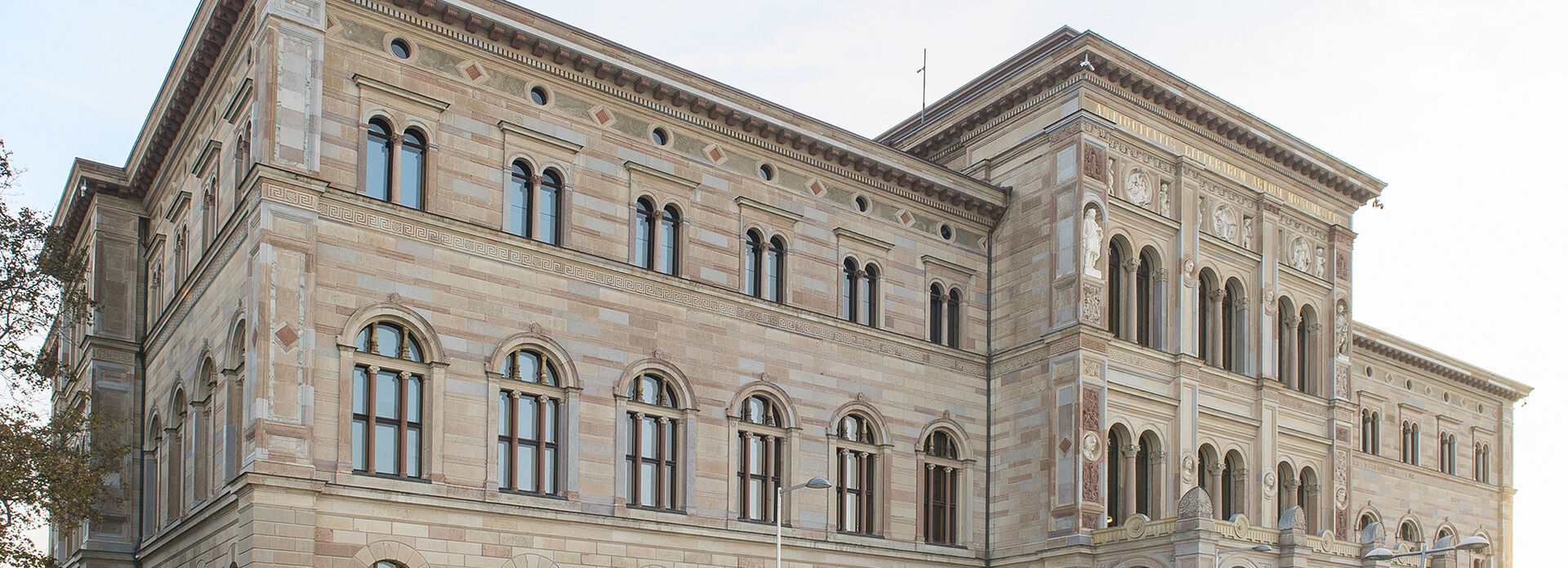What is the role of national institutions in today's society? What needs do they satisfy, and why? Questions such as these have been raised ever since the late 1990s. The museologist Peter van Mensch was one of the sharpest critics, and inspired the European museum community – or at least part of it – to consider the old structures from a new point of view.
Simultaneously, a flurry of various articles, books and dissertations were published which dealt with the role and importance of the museum. One of the most important European projects, Eunamus (European National Museums), was led by Peter Aronsson at Linköping University. Its ambitious goal was to review and write the history of European national museums. http://www.ep.liu.se/eunamus/
This remains an important undertaking. I value history, but at the same time, I never lose sight of different signals about the future. Without an understanding of what has happened, it is neither possible to make decisions about the present, nor to plan for the future. One must be familiar with one’s ideological and operational roots – no matter where one works. This applies not only to memory institutions such as museums, archives and libraries, but to all companies. One must be able to answer questions such as why the organization was founded and which needs it is intended to fulfill. What is the ideological purpose?
History also serves as a foundation for argumentation. For example, what is it that I need, every single day? To succeed in putting Nationalmuseum on the map, I must be aware of the history of European museums. Nationalmuseum was founded in 1792. This means that it is actually one of the oldest museums in Europe. The Ashmolean Museum in Oxford was founded in 1683, the Uffizi Gallery in Florence opened to the public in 1765, and the Louvre Museum in Paris was established in 1793, but most of Europe’s museums are the “children” of the 19th century and the Enlightenment. Yet it is also important to look to the future – to communicate where Nationalmuseum is headed, and why.
National museum organizations must earn their keep by remaining relevant in today's society. Relevance, in turn, can be interpreted in many different ways. Obviously the mission of a museum is to preserve, research, and exhibit its collections, which in the case of Nationalmuseum is an absolutely fantastic undertaking. This mission is made most visible through various activities and the manner in which one uses the “voice” of the museum.
Experience and share. Nationalmuseum, Sweden’s foremost art and design museum, has extensive and rich collections, comprising more than 700,000 works of art and design objects. The collections are displayed at 14 different exhibition locations, including Läckö Castle, Gripsholm Castle, Jamtli in Östersund and Nationalmuseum at Blasieholmen. Moreover, it is possible to visit the collections via the museum’s app, which contains everything we exhibit in the collection presentations (more than 5,000 works!) – a wonderful resource for anyone who wants to check out the collection before or after their visit. The collections are expanded with the help of private funds, that is, donations and acquisitions made possible by investment returns from private funds. For a museum, it is important to be able to explain how one works with the material and makes it accessible. The digital potential lies in sharing everything that one can with a CC0 license.
Research, question, debate. Nationalmuseum bears a huge research responsibility. It must be possible to invest in research projects in collaboration with domestic and foreign universities and individual researchers. Research positions for young academics is a necessity – not only at Nationalmuseum but at other Nordic and Baltic national galleries and museums as well. It must be possible to challenge the status quo, ask questions, and create space for various discussions about art.
Create and exhibit. How does one decide which exhibitions should be presented? I have to answer this question very often, and for good reason. I tend to clarify the process with a variety of filters: one must build a balanced program along the timeline, consider whether the exhibitions should be thematic or monographic, feature Swedish or international artists, female or male, known or unknown, etc. All our exhibitions must have a connection to research. Even at national institutions, it is important to be able to take positive risks – despite the fact that all our activities, i.e. exhibitions, publications, events and educational programs – must be funded through our cash flow. The fact is that state appropriations cover most of our fixed costs, but everything else must be paid for through our earnings.
Meaningful encounters. Without the public, without visitors, a museum is nothing more than a warehouse. Authentic works of art or design objects only come alive when they are a part of “real life.” When the children entered the new Nationalmuseum as our first guests of honor, they helped us to look at everything that been gone for so long with new eyes. The visitor’s gaze is essential. Both now and in the future.
Total experience. Nationalmuseum is a museum for everyone. Everything the museum does has a role and a meaning. It is important to invest in service, everywhere from at the restaurant to in the museum shop. If the exhibitions are terrific but the coffee tastes like dishwater, the visitor’s experience will be ... bad.
I believe in the value of culture and humanism, and regard Nationalmuseum as a platform for discussions, a place for a plethora of experiences, and a source of new information. Yet it is also a place where one can just be. Rest. Look. Direct one’s gaze. And enjoy and relax.
Dr. Susanna Pettersson, Director General, docent
